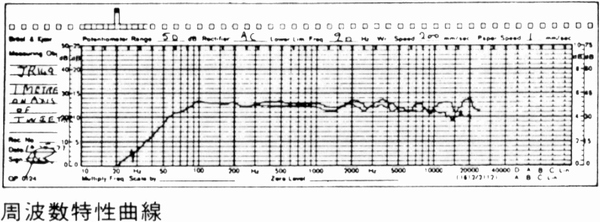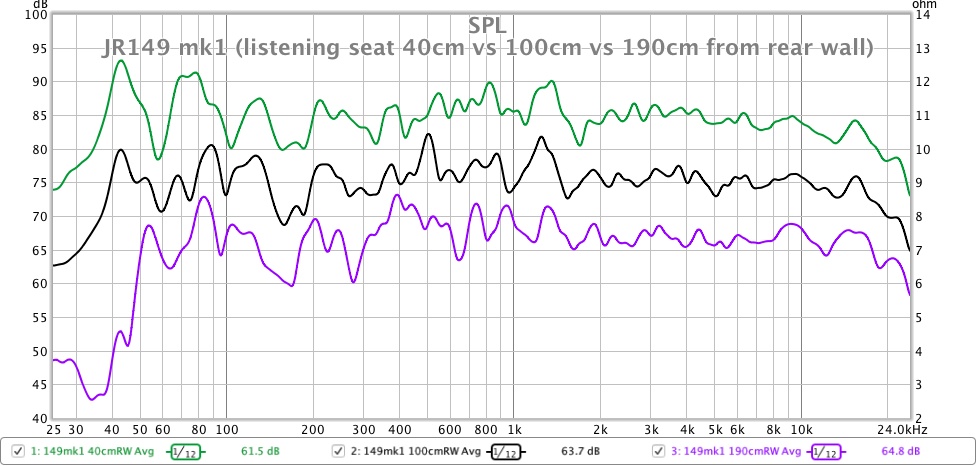tuga
Legal Alien
I really like JL Audio but they’re not the first choice in home audio from a value perspective. However, I don’t think you need to cut the signal to the mains to enjoy a wonderful integration although it is important you don’t overlap frequencies in the same way any crossover would work from one speaker type to another.
JRs get down to what around 50hz? I’d try augmenting the signal with a low pass crossover on the sub at around 60hz, get the volume right and see how you get on. If you can find a real time analyser app on your phone then by playing some pink noise you can visually see what the volume or gain setting should be on the sub.
Before doing all this you’re going to want to get the sub located in a corner of the room, and you’re going to want to notch out whatever prominent room mode you have. Once that’s done you’re 95% of the way there and it’ll sound great.
Does that JL sub have DSP? If not you’ll want it for the room mode that the sub will likely find!
Jusdging from the anechoic response of the JR149s 60Hz may be a tad too high depending on the slope. Can you control the low-pass slope on a sub?



